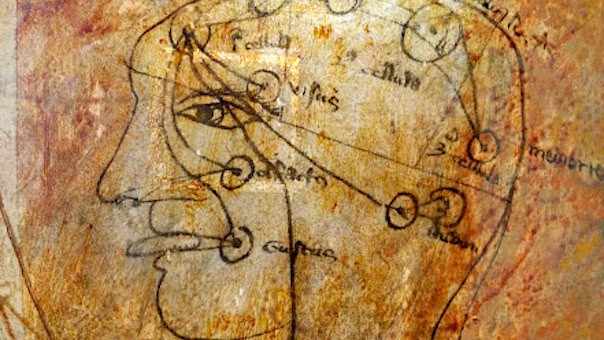City Art Centre hosts an exhibition celebrating the fantastic career of the British artist Victoria Crowe.
Victoria Crowe- 50 Years of Painting features 150 paintings surveying Crowe’s career from her early artworks as a student until her most recent ones.
Her relocation to Scotland in 1968 represents the first landmark in the development of some of her themes and of her style. During her stay at Kittleyknowe she focused on winter landscapes as she was struck by the surreal feeling of her surroundings. The subject matters reflect Crowe’s artistic interest in patterns, allowing her to bend reality favouring light, depth and forms. Depending on her handling of textures, she astonishingly conveys the impression of a suspended and nebulous reality. You could almost expect to see new figures emerging from the snowy and monochrome distance in front of your eyes. Through the use of mix media, Crowe eventually voiced this tension stretching the concept of presence and absence of real and fantasy in multi-layered compositions such as Memory, Messages and Connections (2001).
Her interest in landscapes was paired with that in portraiture. She started with her neighbour Jenny Armstrong, who became the subject of her paintings for over fifteen years. She, later on, developed a unique style which manages to capture the subjects’ essence through their physiognomy as well as a rich system of symbols. Disguise symbols had great importance in her second phase of production. Sadly, marked by the death of her son, Crowe’s production began to explore themes regarding the frailty and transitory nature of life, memory, presence and absence. In this phase, she uses a visual vocabulary linked to iconography and religious painting. This can be spotted in the use of golden details reminiscent of Byzantine icons and in the strong contrasts, which almost resonate of Caravaggio’s tenebrism. In the development of such style, Italian early-Renaissance had the greatest influence. However, Crowe’s admiration of Russian icon painters surely had an impact in this phase. Peculiarly, the visual language that characterizes icons is almost solely reserved for the depiction of flowers. Crowe possibly favoured these subjects as they expressed the ephemeral and transitory nature of mortal things. Human figures, on the other hand, are rarely protagonist and mostly their reflection- rather than their real presence- is represented. The recurrent presence of reflecting surfaces express the artist’s meditations about memory and the tension between presence and absence. The use of disguise symbolism invests Crowe’s paintings with deeper meaning and invites the viewer to engage with her art in a more contemplative manner.

I find the curatorial approach of Victoria Crowe- 50 Years of Painting impeccable. The setting of the exhibition enhanced Crowe’s message in a coherent way facilitating the connection between her art and the public. Visitors are offered exhaustive information about the artworks and videos of Victoria Crowe talking about her career and her creative process. However, the explanations and descriptions are cleverly balanced, and visitors are given enough space to experience the artworks and freely shape their own opinion. By pairing visually contrasting artworks, the set-up of the exhibition magnifies the communicative and psychological impact of Crowe’s artworks.
The chronological arrangement of this exhibition helps visitors understand Victoria Crowe’s style and see how certain themes and motifs have evolved throughout her career. I strongly recommend this exhibition as I consider it a moving introspective journey, brilliantly curated.
- Backbone @ Underbelly Bristo Square - 23rd August 2019
- Goliath in the Water @ Assembly Checkpoint - 22nd August 2019












